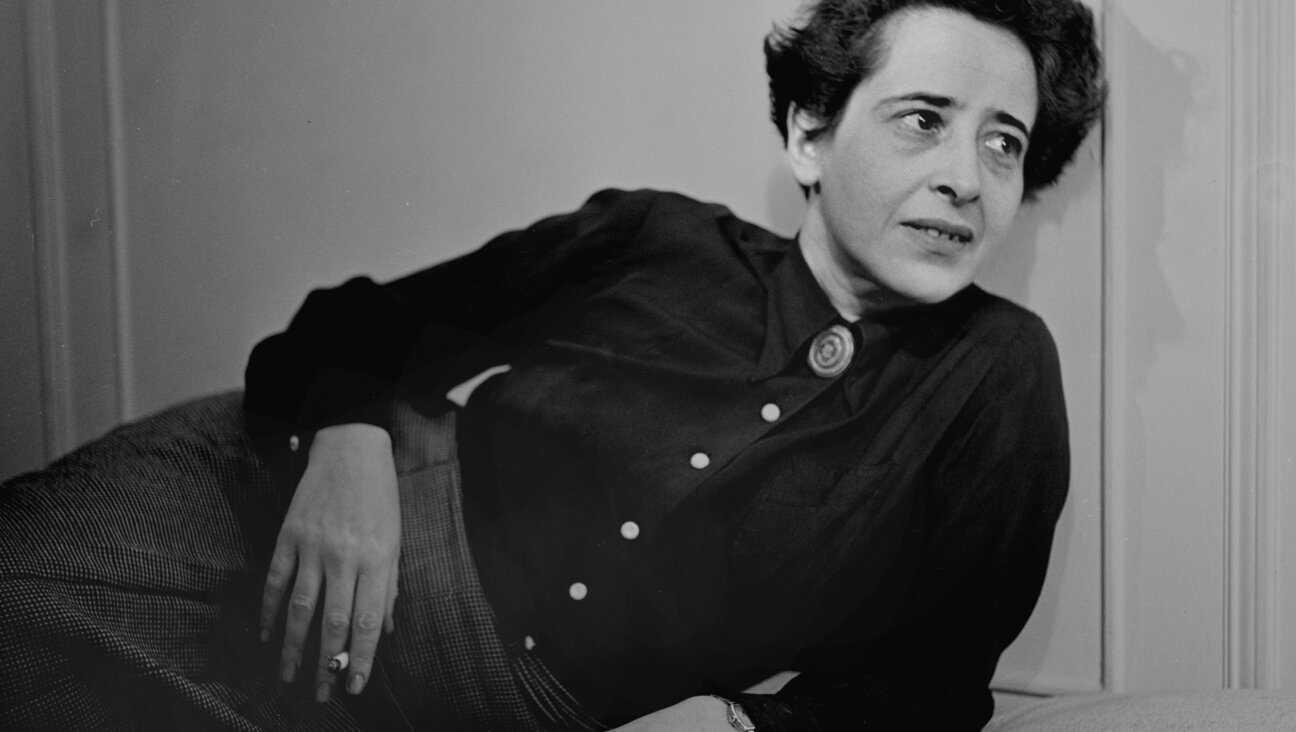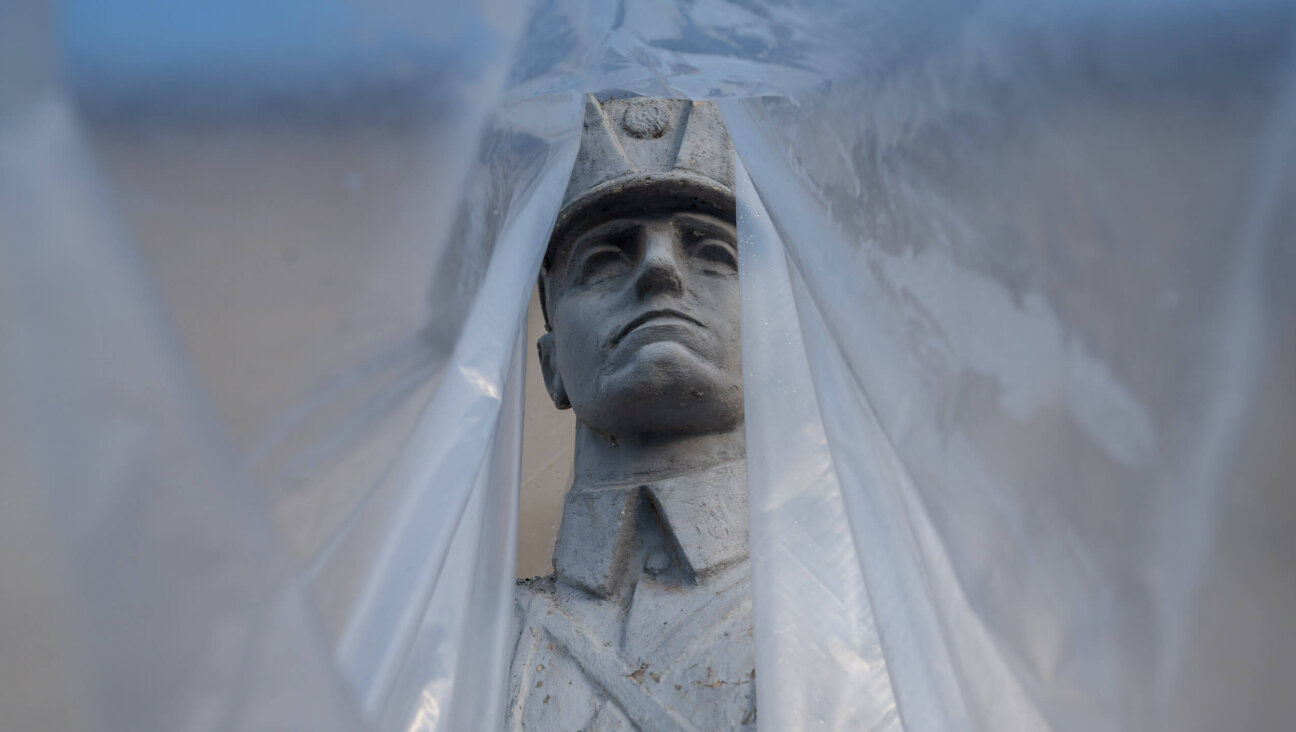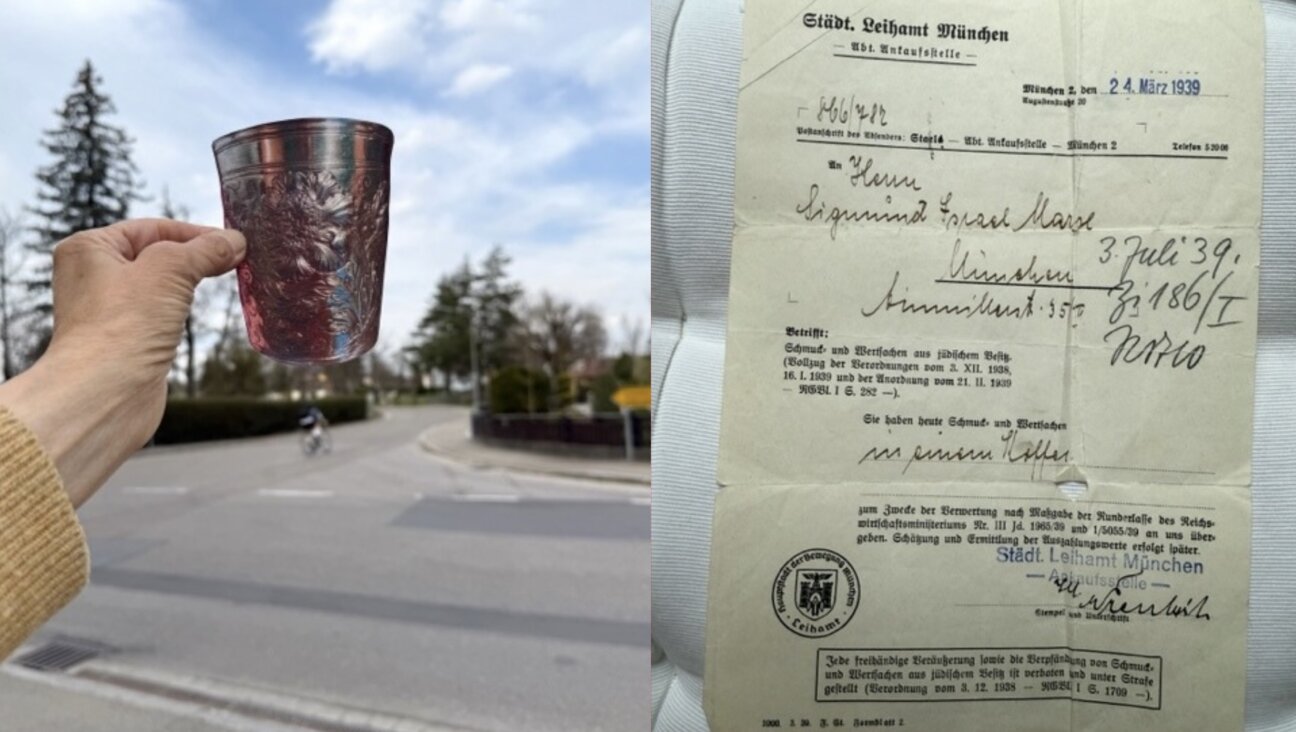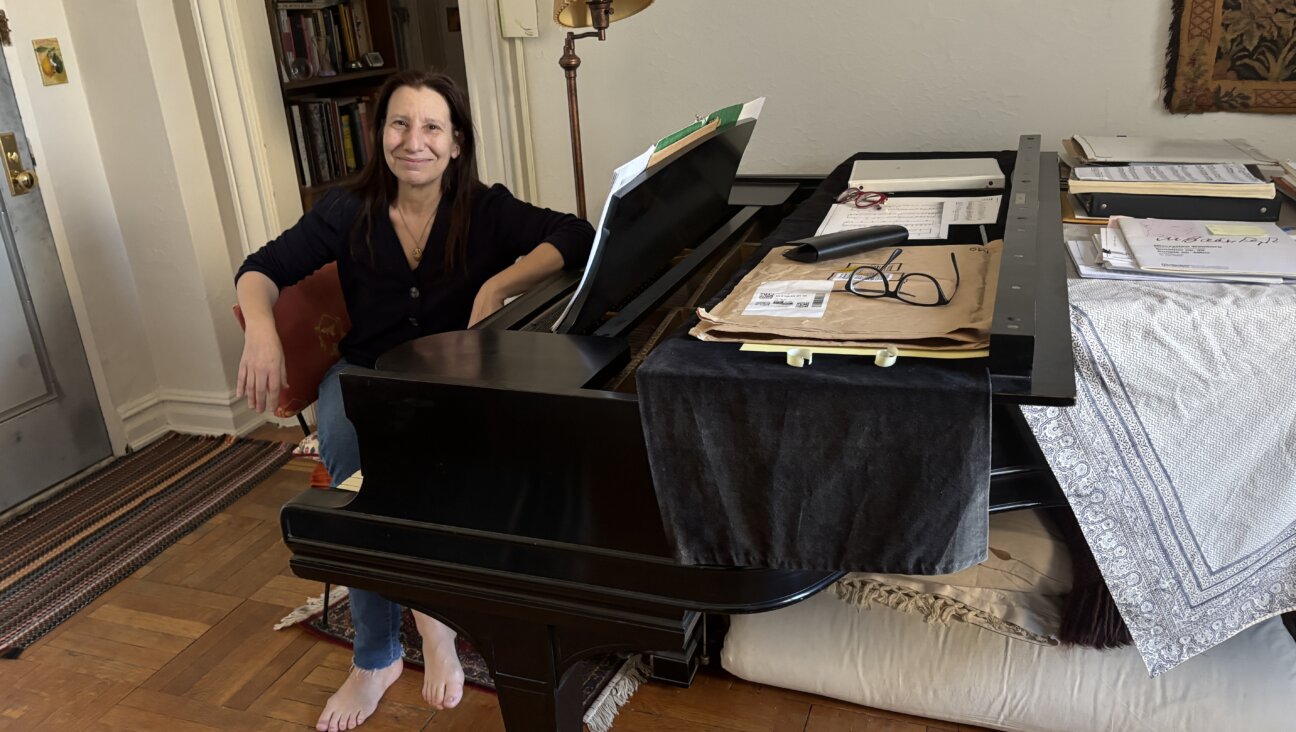‘Bubbe Maseh’
Michael Epstein from Milford, N.J., writes:
“At a recent Yiddish club meeting, I heard that the expression ‘bubbe maseh’ has nothing to do with a bubbe or grandmother, but has its origins in the name of a medieval knight. Can you shed any light on this?”
I’ll be glad to, starting with the observation that Mr. Epstein’s spelling of bubbe maseh, a Yiddish expression that means “tall tale” and that is known to many American Jews, indicates that his family came from Galicia, where the Hebrew word ma’aseh, meaning “story” or “yarn,” was pronounced “mahseh.” In most parts of Eastern Europe, it was mayseh, with the “ay” like the vowel in “pie,” while bubbe was in many places pronounced bobbe, with the “o” like the vowel in “water.”
Since, like the English “old wives’ tale,” a “grandmother’s yarn” sounds like a plausible way to refer to a tall tale, generations of Yiddish speakers naturally assumed that this was how bobbe mayseh got its start. Mr. Epstein, however, is quite right. As improbable as it may seem, the bobbe of bobbe mayseh comes from the name of the hero of the 15th-century medieval Italian romance “Buovo d’Antona,” a Tuscan adaptation of the Norman “Beuve de Haumpton” — known in its 14th-century English version as “Sir Bevis of Hampton.”
In this romance, which has close parallels with the Hamlet legend made famous by Shakespeare, Bevis, Beuve or Buovo is the son of a widowed count and a young princess given to the count in marriage when he is old. In the Italian version, the princess, Brandonia, desiring a younger and more virile husband, plots with the dashing duke of Mainz to have her husband murdered on a hunting trip. After the deed is done, she marries the German. Still a young boy at the time, Buovo discovers this and threatens his wicked mother with revenge, in response to which she seeks to kill him, too. Buovo flees abroad and has a series of adventures as he grows up, including a romance with the beautiful princess Druziana, before coming home to wreak the vengeance he has promised.
But there was to be yet another version of this romance — a Yiddish one. Its author was Hebrew linguist and grammarian Eliahu Bachur, known in Italian as Elia Levita. A true Renaissance man, Bachur was born in Germany in 1468 but lived most of his life in Italy, mainly in Padua, Venice and Rome, where he studied Latin and Greek with Christian humanists and in turn taught them Hebrew. Among his well-known pupils were scholars Paulus Fagius and Sebastian Muenster and Catholic cardinal Egidio di Viterbo. So great was his reputation that he was offered a professorship of Hebrew at the Sorbonne in Paris, which he turned down.
Bachur, however, was not merely an accomplished Hebraist. He was also one of the founders of secular Yiddish literature, his specialty being chivalric romances adapted for Jewish audiences and intended by him to be read mainly by women who knew no Hebrew. In 1507 he published a Yiddish version of “Buovo d’Antona,” Hebraizing its Jewish hero’s name as Bova in a comic play on the three talmudic tractates of Bova Kama, Bova Metsiya and Bova Batra. (He even joked in the poem’s final lines, “This is the end of the tractate of Bova of Antona.”) Bachur’s Yiddish romance retained not only the poetic stanzas of the Italian but also its ottava rima rhyme scheme and most of its highly complicated plot.
In this plot, Bova, after fleeing his mother and stepfather, is found sleeping on a beach by seafarers who sell him as a slave to the king of Flanders. After growing up and winning a joust with the famous knight Macabron in a tournament for the hand of the king’s daughter Drozana, who is secretly in love with him, he rides a magic horse into battle against the “sultan of Babylon” and slays his wicked son Lucifer, to whom the king of Flanders has promised Drozana. After a series of further escapades, he is reunited with her in the end. Throughout the story, Bachur weaves in Jewish motives and allusions. Its Jewish characters, including Drozana, quote from the Bible. They also circumcise their children and say “Mazel tov” when one of them gets married.
“Bova d’Antona,” which came in time to be known to Yiddish readers as the “Bove Bukh,” the “Bove Book,” was highly popular at the time it was written, and a Bova mayseh or “Bova tale,” originally probably referring literally to a story in its pages, took on the meaning of any fanciful or improbable account. And yet eventually, Bachur’s poem, as well as other Yiddish romances like it, fell out of fashion and ceased to be reprinted. The character of Bova of Antona was forgotten, and a bova mayseh, although it continued to be a Yiddish expression, was no longer associated with him. At which point there occurred what often happens in languages when an idiom becomes puzzling because one of its components has ceased to make sense: Folk etymology stepped in to provide a solution. Bova became bobbe or bubbe, and a bobbe mayseh became a grandmother’s tale. And though the whole story of Bova of Antona may itself seem a bobbe mayseh to you, I swear that every word I’ve written here is true.
Questions for Philologos can be sent to [email protected].
The Forward is free to read, but it isn’t free to produce

I hope you appreciated this article. Before you go, I’d like to ask you to please support the Forward.
Now more than ever, American Jews need independent news they can trust, with reporting driven by truth, not ideology. We serve you, not any ideological agenda.
At a time when other newsrooms are closing or cutting back, the Forward has removed its paywall and invested additional resources to report on the ground from Israel and around the U.S. on the impact of the war, rising antisemitism and polarized discourse.
This is a great time to support independent Jewish journalism you rely on. Make a gift today!
— Rachel Fishman Feddersen, Publisher and CEO
Support our mission to tell the Jewish story fully and fairly.
Most Popular
- 1

Opinion The dangerous Nazi legend behind Trump’s ruthless grab for power
- 2

Culture Trump wants to honor Hannah Arendt in a ‘Garden of American Heroes.’ Is this a joke?
- 3

Opinion A Holocaust perpetrator was just celebrated on US soil. I think I know why no one objected.
- 4

Culture Did this Jewish literary titan have the right idea about Harry Potter and J.K. Rowling after all?
In Case You Missed It
-

Yiddish ווידעאָ: היסטאָריקער שמואל קאַסאָוו דערציילט מעשׂיות פֿון זײַן משפּחה־געשיכטעVIDEO: Historian Samuel Kassow shares stories about his family history
דער ווידעאָ איז טשיקאַווע סײַ פֿאַרן אינהאַלט סײַ פֿאַר קאַסאָווס נאַטירלעכן ליטוויש־ייִדיש
-

Culture I have seen the future of America — in a pastrami sandwich in Queens
-

Culture Trump wants to honor Hannah Arendt in a ‘Garden of American Heroes.’ Is this a joke?
-

Opinion Gaza and Trump have left the Jewish community at war with itself — and me with a bad case of alienation
-
Shop the Forward Store
100% of profits support our journalism
Republish This Story
Please read before republishing
We’re happy to make this story available to republish for free, unless it originated with JTA, Haaretz or another publication (as indicated on the article) and as long as you follow our guidelines.
You must comply with the following:
- Credit the Forward
- Retain our pixel
- Preserve our canonical link in Google search
- Add a noindex tag in Google search
See our full guidelines for more information, and this guide for detail about canonical URLs.
To republish, copy the HTML by clicking on the yellow button to the right; it includes our tracking pixel, all paragraph styles and hyperlinks, the author byline and credit to the Forward. It does not include images; to avoid copyright violations, you must add them manually, following our guidelines. Please email us at [email protected], subject line “republish,” with any questions or to let us know what stories you’re picking up.













